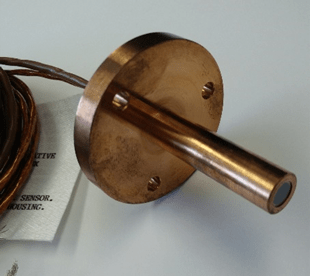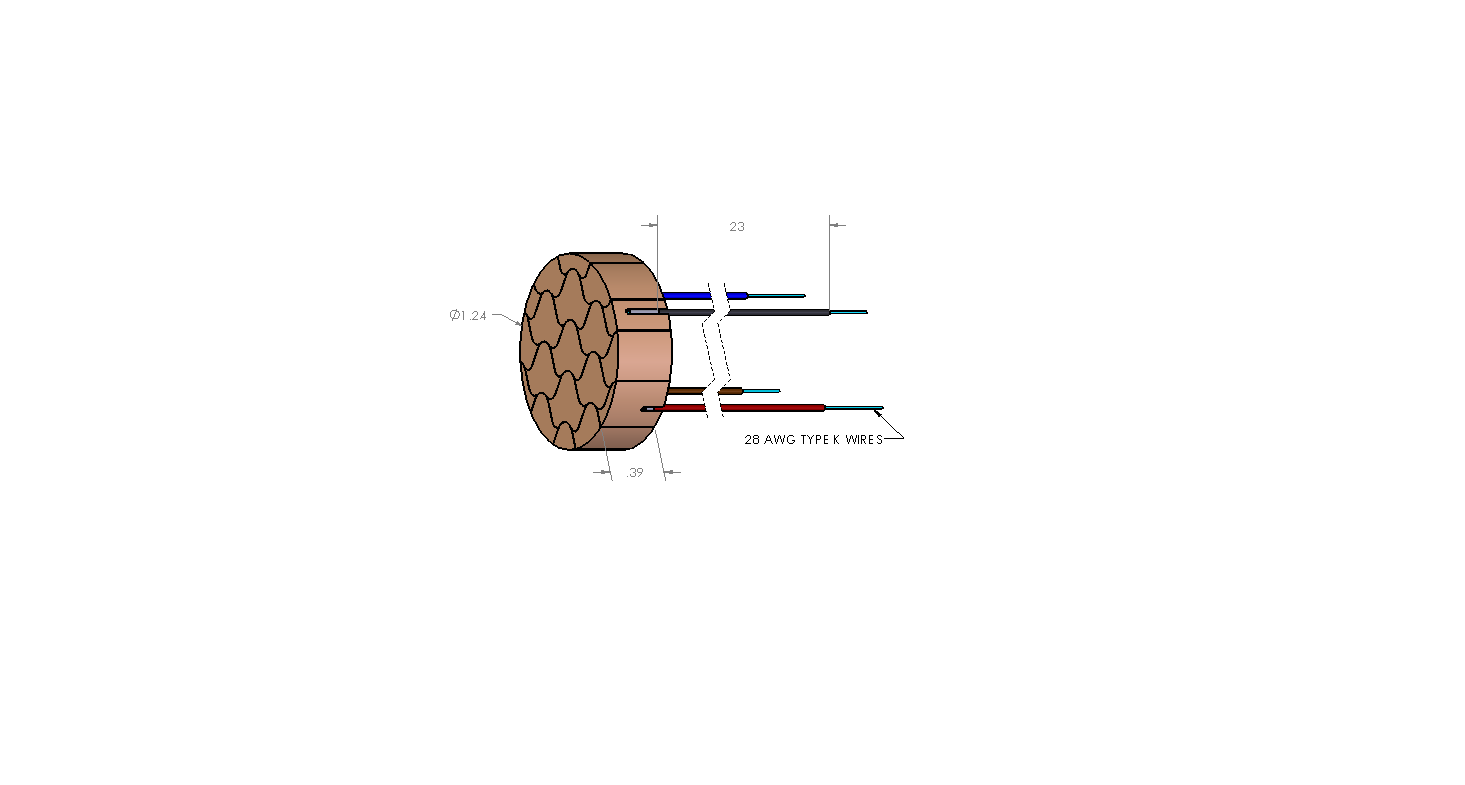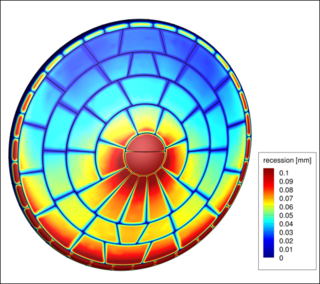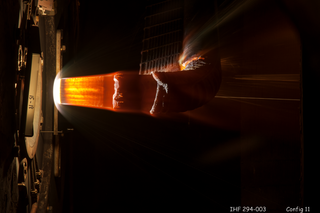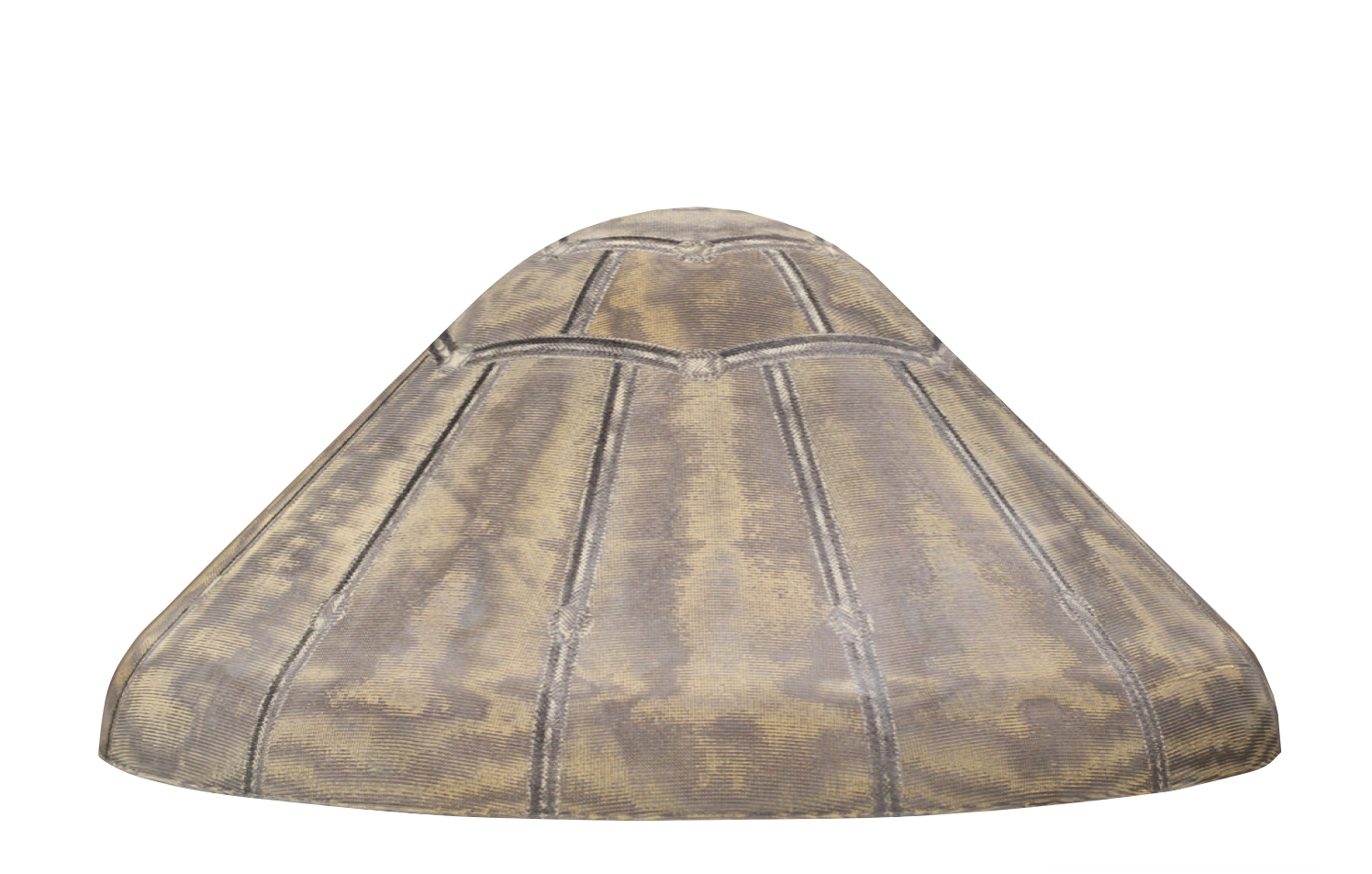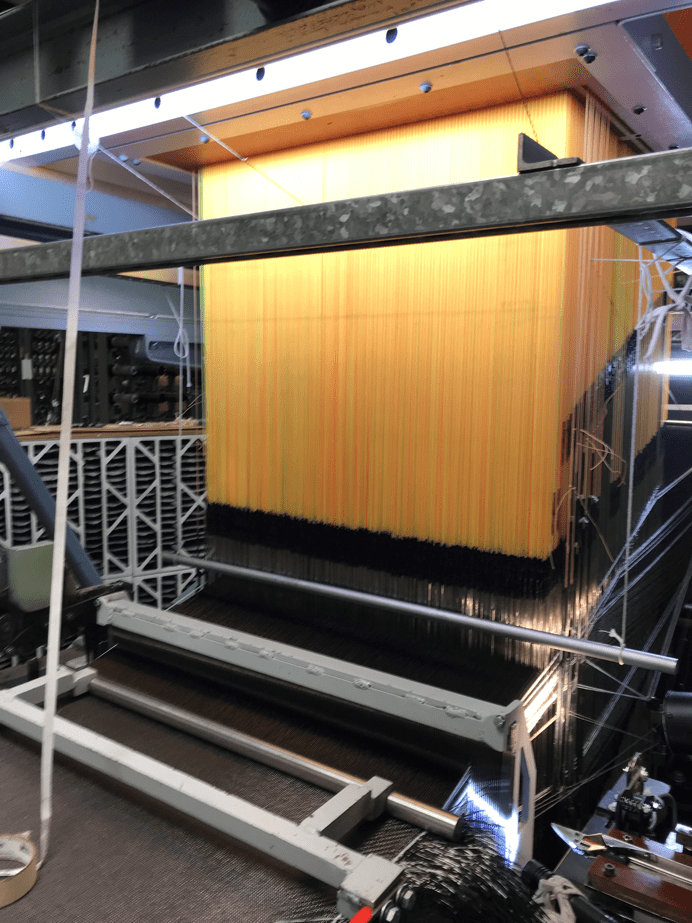The Space Technology Mission Directorate is responsible for developing the crosscutting, pioneering, new technologies and capabilities needed to achieve NASA’s current and future missions.
Mars Entry Descent & Landing Instrumentation 2 (MEDLI2)
The Mars Entry Descent & Landing Instrumentation 2 (MEDLI2) sensor suite consists of thermal and aerodynamic sensors that will be installed on both the heat shield and backshell of the Mars 2020 aeroshell. There are a total of 17 thermocouple (TC) plugs (11 on the forebody, 6 on the backshell), 3 heat flux sensors (1 of which is a radiometer), and 7 pressure transducers. MEDLI2 expands on the highly successful MEDLI suite by adding TC plugs and sensors capable of direct heat flux measurement on the backshell. The layout of the flight forebody TC plugs has also been changed—in comparison to MEDLI—to increase spatial measurements of the aerothermal environment on the acreage heat shield. The Thermal Protection Materials Branch at NASA Ames supports the MEDLI2 project with key roles such as overall hardware lead for the thermal instrumentation (MISP subsystem), fabrication and assembly of the forebody and backshell flight TC plugs, heat flux sensor performance characterization testing, and flight heat flux sensor calibration. The raw thermal protection system materials are machined in-house on CNC mills that run dry (no coolant applied to the workpiece). One upcoming milestone is the delivery of the flight forebody TC plugs, which is expected to complete by May 2018 to allow for completion of flight lot certification arc jet testing towards the end of the 2018 calendar year. The backshell sensor qualification testing is planned for 2019 and will consists of a series of environmental tests (random vibration, mechanical shock, thermal vacuum) followed by arc jet test testing.
Entry Systems Modeling (ESM)
The Entry Systems Modeling (ESM) project is engaged in the development and maturation of game-changing technologies in the areas of predictive materials modeling, shock layer radiation, aerosciences, and guidance, navigation and control to enable safer and more effective entry, descent, and landing (EDL) technologies for NASA spacecraft.
The predictive materials modeling efforts of ESM support the development of multi-scale and multi-disciplinary computational capabilities for predicting the response of ablative materials to extreme temperatures. A centerpiece of this effort is the Porous-material Analysis Toolbox (PATO), a new-generation code based on a macro-scale formulation of ablation models that represents the first significant change to material response state-of-the-art (SoA) modeling in 40 years. With detailed models for the physical and chemical processes of ablation, and leveraging NASA’s supercomputing capabilities, PATO enables coupling flow environments to high-fidelity thermal protection material response models, analysis of flight data, rigorous uncertainty analysis, and design optimization.
For typical engineering design applications, ESM is also developing the Icarus material response software in partnership with Orion and the Asteroid Threat Assessment Project (ATAP). Icarus presents a more light-weight model, derived from CMA and suitable for production databases, but cast in a new parallel, three-dimensional, and unstructured framework in order to enable analysis of complex system architecture and improve ease-of-use. The modular design of Icarus will enable efficient incorporation of those advanced physical models that prove to be uncertainty drivers.
As the fidelity of computational models is improved, evaluation of and access to more accurate material properties is needed. To this end, the ESM project pioneered the application of X-ray micro-tomography (micro-CT) to the study of ablators. Both before and after testing in the arc jet, micro-CT scans are used to study 3D images of the material micro-structure at an unprecedented level of detail in a non-destructive fashion. The high fidelity of the 3D digitized facsimiles of ablator microstructures motivated the development of the Porous Microstructure Analysis (PuMA) software. PuMA is able to use micro-CT scans of porous materials to compute effective material properties, e.g. thermal conductivity, porosity, permeability, and others. The software can simulate material oxidation and recession at microscale resolution. ESM is also pioneering the use of SPARTA (a Direct Simulation Monte Carlo (DSMC) code from Sandia National Laboratories) to enable realistic simulations of gas/material interactions and high-temperature transport in porous ablators.
To accomplish key objectives and deliver new capabilities with high mission relevance, ESM relies heavily on partnerships within NASA, as well as with National Laboratories, Academia, and Industry. ESM is part of the Game Changing Development (GCD) Program within NASA’s Space Technology Mission Directorate.
Micro-tomography measurements are performed in partnership with the Advanced Light Source at Lawrence Berkeley National Laboratory: microct.lbl.gov
Heatshield for Extreme Entry Environment Technology (HEEET)
Venus probes and landers, Saturn and Uranus probes, and high-speed sample return missions from Comets and Asteroids are missions recommended by the National Research Council’s Planetary Science Decadal that NASA seeks to pursue in the near future. To enable these future in situ robotic science missions, the Heatshield for Extreme Entry Environment Technology (HEEET) project is maturing a game changing 3-D Woven Thermal Protection System (TPS) technology.
The dual layer HEEET TPS architecture consists of a high-density all carbon layer (designed to manage recession) below which is a lower density insulating layer composed of a blended Carbon Phenolic (CP) yarn to manage heat load. This woven architecture is then infused with phenolic resin. A layer-to-layer weave is utilized in HEEET, which mechanically interlocks the different layers together. This dual-layer approach allows greater mass efficiency by limiting the thickness of the high-density outer layer and by varying the thicknesses of the different layers, the mass is optimized for a given mission.
The Thermal Protection Materials Branch (TSM) is involved with many aspects of HEEET development and testing. Branch members associated with the HEEET project lead the activities associated with 3D weaving as well as the resin infusion process and its technology transfer to industry. Branch staff manage the fabrication of both NASA and industry manufactured parts to support various test campaigns and manufacturing/integration development efforts. Branch personnel also lead the HEEET design activities, thermal structural model development, and development of the material thermal response model utilized for HEEET TPS sizing. With the support of the Branch staff, the HEEET materials have been tested to conditions of ~6000 W/cm2 heat flux and 5 atmospheres of pressure and have shown excellent performance.
NASA’s Space Technology Mission Directorate and Science Mission Directorate are jointly funding the development of HEEET. The HEEET Project is managed by the Game Changing Development (GCD) Program, whose goal is to develop technologies to enable future space endeavors. GCD is part of NASA’s Space Technology Mission Directorate.
For more information about GCD, please visit http://gameon.nasa.gov




























